#lepidopsetta bilineata
Photo
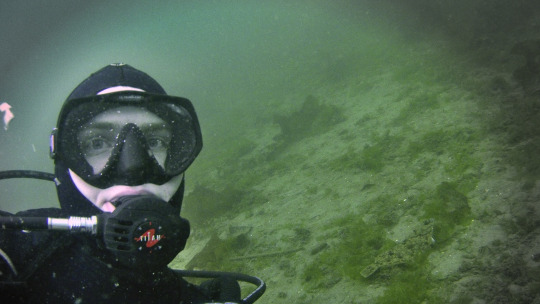

Shellfies with a handsome rock sole (Lepidopsetta bilineata) and a red rock crab (Cancer productus)
#cancer productus#red rock crab#lepidopsetta bilineata#rock sole#flatfish#crab#brachyura#cancridae#pleuronectodae#puget sound#pnw#whulge#underwater photography#scuba#diving#wa#washington#marine biology#tacoma#les davis#salish sea
102 notes
·
View notes
Text
Rock Sole Identification
Have you ever see a flatfish and wondered “Huh, is that a rock sole (Lepidopsetta bilineata)?” Well, you’ve come to the right place! Here are two simple tips to answering the age-old question: rock sole or not rock sole?
Tip 1: L. bilineata is a unique species in that they do not bury themselves. Rather, they lay atop the sea floor. If you see a wild flatfish not in the water column or not as a pair of lil eyes sticking out of the substrate, there’s a good chance it’s a rock sole!
Tip 2: Now, Tip 1 alone is not enough. Even if the rock sole does not instinctually bury itself as a predation and defense mechanism, all flatfish may crawl on the substrate for short-range locomotion. Because of the chromatophores possessed by the pleuronectodae family, color cannot be relied upon, either. So what can you use to identify a rock sole? Well, gaze into their special eyes! Most flatfish in the north Pacific feature oblong pupils, but the rock sole has a bean shaped pupil! Illustrations below.


(standard flatfish pupil)

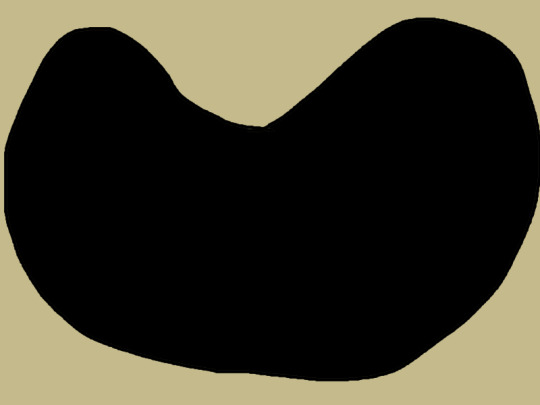
(rock sole pupil)
If you are lucky enough to get close to a rock sole, this simple feature will allow you to answer said age-old question. Cheers!
12 notes
·
View notes
Photo
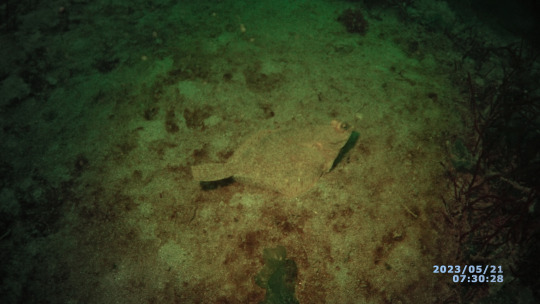
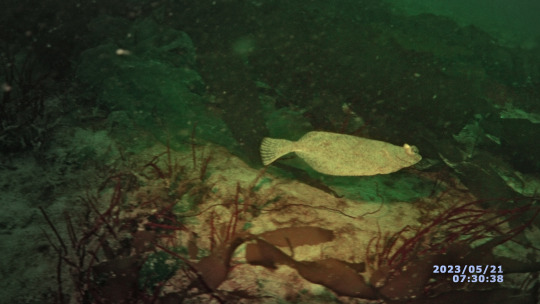

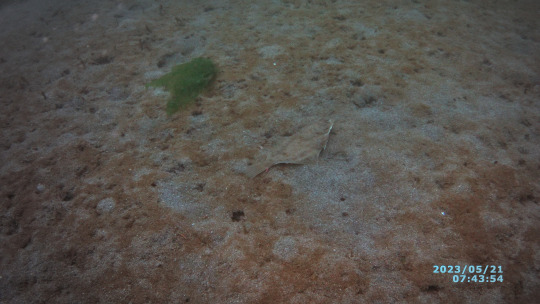
Rock soles (Lepidopsetta bilineata)
7 notes
·
View notes
Video
youtube
If anyone knows what these worm-like creatures are (not pictured in the thumbnail), do let me know!
#rov-e7-4-23#lepidopsetta bilineata#rock sole#rockfish#sculpin#plumose anemone#farcimen#red rock crab#cancer productus#puget sound#marine biology#point defiance marina#tacoma#wa#pnw#washington#chasing m2
8 notes
·
View notes
Text
youtube
I got my ROV back together and took her out for an expedition! It's been almost 5 whole months since her last foray! Many sea cucumbers, flatfish, sculpins, and crabs to be seen!
#rov#marine biology#point defiance marina#flatfish#sculpin#puget sound#ocean exploration#english sole#parophrys vetulus#rock sole#lepidopsetta bilineata#red rock crab#cancer productus#graceful crab#metacarcinus gracilis#dungeness crab#metacarcinus magister#staghorn sculpin#Youtube
5 notes
·
View notes
Video
youtube
Footage from my dive this morning!
Rock soles, speckled sanddabs, helmet crabs, graceful crabs, red rock crabs, longnose crabs, snake pricklebacks, anemones, and more await you beneath the emerald sea surface off the shore of Steilacoom, WA.
#steilacoom#pnw#pacific northwest#ocean#sea#puget sound#sunnyside beach park#flatfish#crab#crustacean#brachyura#pleuronectodae#lepidopsetta bilineata#rock sole#speckled sanddab#pacific sanddab#graceful crab#metacarcinus gracilis#cancer productus#sand lance#gunnel fish#penpoint gunnel#saddleback gunnel#fish#marine biology#scuba#diving#eelgrass#seagrass
6 notes
·
View notes
Photo

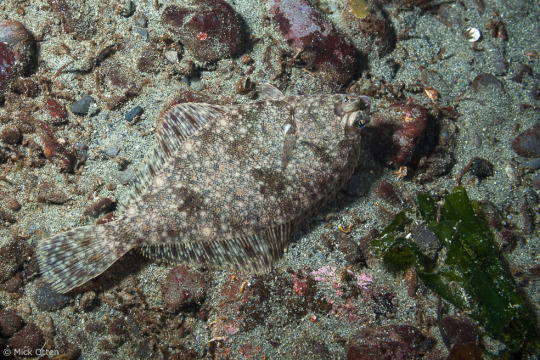


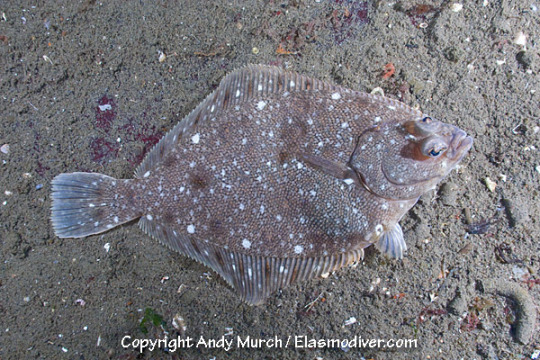
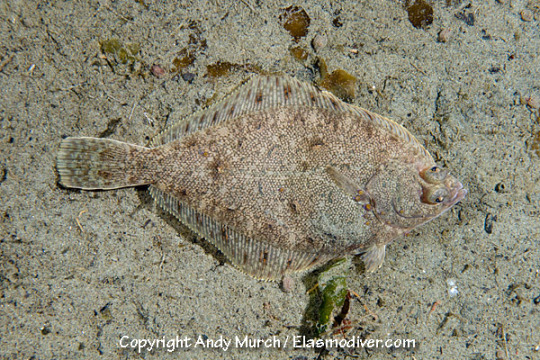

It’s Lepidopsetta bilineata (rock sole) appreciation day!
These flat friends, unlike other flatfish, do not bury themselves in substrate! They prefer to sit on top of the sea floor. You can see, in this spread of photos, the color and pattern variation they can have. Rock soles, like other flatfish, have chromatophores; special cells that can change color to adapt better camouflage based on the substrate they’re on.
The dorsal and anal fins of the rock sole, and other flatfish, have spines than can articulate like the oars on a longship. This allows them to crawl on the floor and posture themselves, as well as throw up substrate to bury themselves (except for the rock sole).
They can be found from 0 to 575 meters in depth, from Baja California to Alaska. They can grow up to 60cm in length and reach a weight of 1.8kg!
16 notes
·
View notes
Link
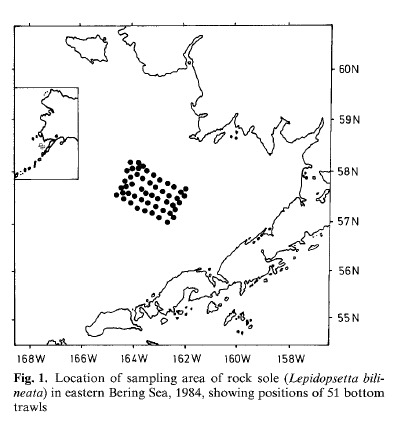
This study investigated the stomach and intestinal contents of 129 rock soles (Lepidopsetta bilineata) from the Eastern Bering Sea. The results showed that L. bilineata consumes about 1.61% of its body weight in food every day. These fish feed mostly in the late-afternoon to early-evening. The diet of this population of L. bilineata changes with body size. Smaller individuals of 20cm and under fed actively on amphipods, whereas larger fish of 30cm and larger fed opportunistically on both polychaete and echiuroid worms and amphipods. A variety of other organisms were present in the G.I. tract of the sampled fish, but they made up only about 2% of content by weight.

It is worth noting that diet of L. bilineata appears to vary by region; a prior study off the Oregon coast found that L. bilineata fed primarily on brittle stars. Others studies in the Northern Pacific indicated a higher prevalence of mollusks and sandlance above 50m. The 129 sampled fish in this study were taken farther out in the Bering Sea in deeper waters. Depth and region are factors affecting diet make-up.

This is wonderful to learn. Polychaete worms are terrifying, and I'm not saddened to know that they make a nice snack for adult rock soles.
4 notes
·
View notes
Video
youtube
Parophrys vetulus, Lepidopsetta bilineata, Citharichthys stigmaeus, Metacarcinus magister, Metacarcinus gracilis, penpoint gunnel, crescent gunnels, unidentified sculpin, jellyfish, and more can be found beneath the surface of Les Davis Marine Park!
The park is most notable for its concrete reef, located about 18m down near a marker buoy. I did not visit the reef, unfortunately, due to low visibility conditions that made me uncomfortable going deeper than 9m. Perhaps next time I will record a definitive set of wildlife seen on the reef! Among them are rockfish, lingcod, and Metridium farcimen in the hundreds!
#parophrys vetulus#lepidopsetta bilineata#cancer productus#metacarcinus magister#metacarcinus gracilis#red rock crab#graceful crab#dungeness crab#flatfish#cancridae#pleuronectodae#crabs#jellyfish#nudibranch#sculpin#scorpionfish#cnidarians#pnw#wa#washington#whulge#salish sea#les davis#tacoma#underwater#photography#videography#scuba#diving#penpoint gunnel
1 note
·
View note
Text
youtube
INCREDIBLE new footage from John Sanders at Redondo!!!
Here's why:
The question is up in the air as to whether the bluntnose sixgill shark (Hexanchus griseus) is a primarily a predator or scavenger. The answer is likely both when looking at other predators in its niche, but this footage is another key to confirming the hypothesis that they are primarily scavengers.
In the past, H. griseus has been recorded ingesting crabs and spitting them out at a bait station specifically for the crabs. This was interesting to me because crustaceans supposedly make up a decent portion of their diet. Why wouldn't the observed shark eat the crabs even if it couldn't get the fish meat inside the trap?
A more recent study, which I also wrote about, found tissues from a young dolphin in the stomach of an H. griseus from the western Mediterranean Sea. These are not fast sharks. There were not brittle stars or other scavenging organisms in the stomach, suggesting that the shark got to the dolphin before the others, if it was scavenged and not predated. Among other little details that I go into further detail in that post.
To the point: In this video, we see three H. griseus at a bait station crowded with pacific spiny dogfish (Squalus suckleyi) and red rock crabs (Cancer productus). There was one Dungeness crab (Metacarcinus magister) and one flatfish that may be a rock sole (Lepidopsetta bilineata) or an English sole (Parophrys vetulus). All gathered to feed on the salmon meat placed by the divers. Repeatedly in the footage, we see the H. griseus ingest crabs and spit them out alive.
Why? Well, it appears that they are only interested in the salmon flesh and may have been trying to steal the morsels that the crabs were pinching away at. In one instance, an H. griseus goes for a whole gathering of crabs. Doesn't eat a single one. Now, to draw any conclusion from this would require a lot of assumptions. I assume that these crabs had salmon meat in their claws and I assume that the sharks got the flesh before spitting the crabs out. That need not be the case to still support my hypothesis that these sharks are primarily scavengers.
These sharks had multiple opportunities to eat any number of the other visitors to the feast. In one moment, an S. suckleyi was right at the rostrum of one of the H. griseus and the latter didn't even try to eat the former. This could be because S. suckleyi has venomous spines; perhaps it is learned or instinctual not to try and eat them. But then there's the C. productus. Other that having a slippery carapace, there is little the crab could do that would prove fatal if eaten live. And then there's the flatfish, which has no natural defenses or hazards.
All of this points to scavenger behavior.
I am blown away by this footage (and extremely envious of this diver). Even though my ROV is OOC, I still get observe these sharks in one way or another.
#eukarya#animalia#chordates#chondrichthyes#elasmobranchs#selachimorpha#hexanchiformes#hexanchidae#hexanchus griseus#h. griseus#c. productus#cancer productus#red rock crab#metacarcinus magister#m. magister#dungeness crab#pacific spiny dogfish#squalus suckleyi#s. suckleyi#english sole#parophrys vetulus#p. vetulus#rock sole#northern rock sole#southern rock sole#lepidopsetta bilineata#l. bilineata#john sanders#redondo#wa
9 notes
·
View notes